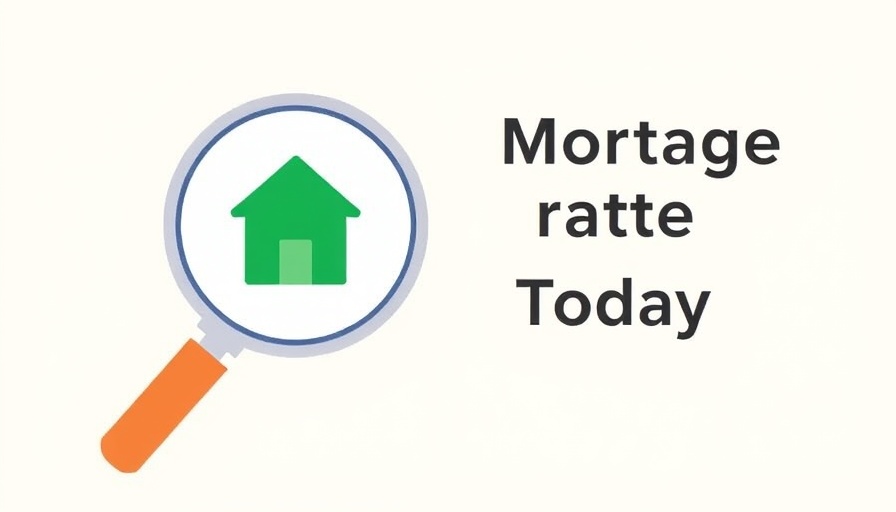
Understanding Private Credit: A Booming Asset Class
Private credit has emerged as a significant player in the investment world, now amounting to a multi-trillion-dollar asset class. But what exactly is it, and how can retail investors, especially small business owners and managers, harness its potential? With the launch of the SPDR SSGA Apollo IG Public & Private Credit ETF (PRIV) on February 27, retail investors now have a front-row seat to this evolving arena.
The Essentials: What Is Private Credit?
In simple terms, private credit refers to loans or credit provided by non-bank entities. Unlike traditional lending institutions, these private equity firms and funds offer financing directly to businesses, often in the form of debt, bypassing the typical banking structure. It's a major shift in how funding is accessed, and its appeal is growing, as interest rates rise and traditional loan access becomes tightened.
Retail Access to Private Credit
As individuals seeking to diversify portfolios, retail investors can now step into private credit through ETFs like the PRIV. This transformation signifies not only accessibility but also democratization of investment opportunities previously confined to institutional investors. For small business owners, understanding this asset class can lead to new strategies in funding initiatives or navigating complex financial landscapes.
Examining the Risks Inherent to Private Credit
However, with opportunity comes risk. Private credit investments are generally illiquid—meaning they can be difficult to sell or convert back into cash quickly. Additionally, the potential for higher returns is usually matched with equally high risk. For business managers considering this route, assessing the health and creditworthiness of firms seeking private credit is crucial.
The Growing Interest: Trends Worth Noticing
With the global economy becoming more uncertain, private credit is trending upwards. Analysts predict that as businesses continue to seek alternative forms of financing, this asset class could further solidify its position. Business managers should take advantage of this trend, assessing how it can fit into their long-term financial strategies.
Actionable Insights: What Should Business Owners Consider?
Understanding how private credit functions and the typical profiles of successful ventures seeking funding through this channel can be hugely beneficial. Business owners should consider investing in educational resources and financial analytics tools to make informed decisions. By doing so, they can evaluate whether tapping into private credit sources aligns with their growth trajectory.
Local vs. Global Perspectives: The Influence of Market Dynamics
In today’s interconnected world, the dynamics of private credit are influenced by broader economic trends. Business owners should stay attuned to shifts in global markets and their impacts on local opportunities. Being aware of international trends can lead to strategic advantages—but understanding local market conditions is equally paramount.
Final Thoughts: Exploring Private Credit as an Opportunity for Growth
In conclusion, private credit represents a pivotal opportunity for small business owners looking to diversify their funding options. By understanding the underlying risks and trends, along with leveraging knowledge and tools, businesses can navigate this complex area effectively.
 Add Row
Add Row  Add
Add 




Write A Comment